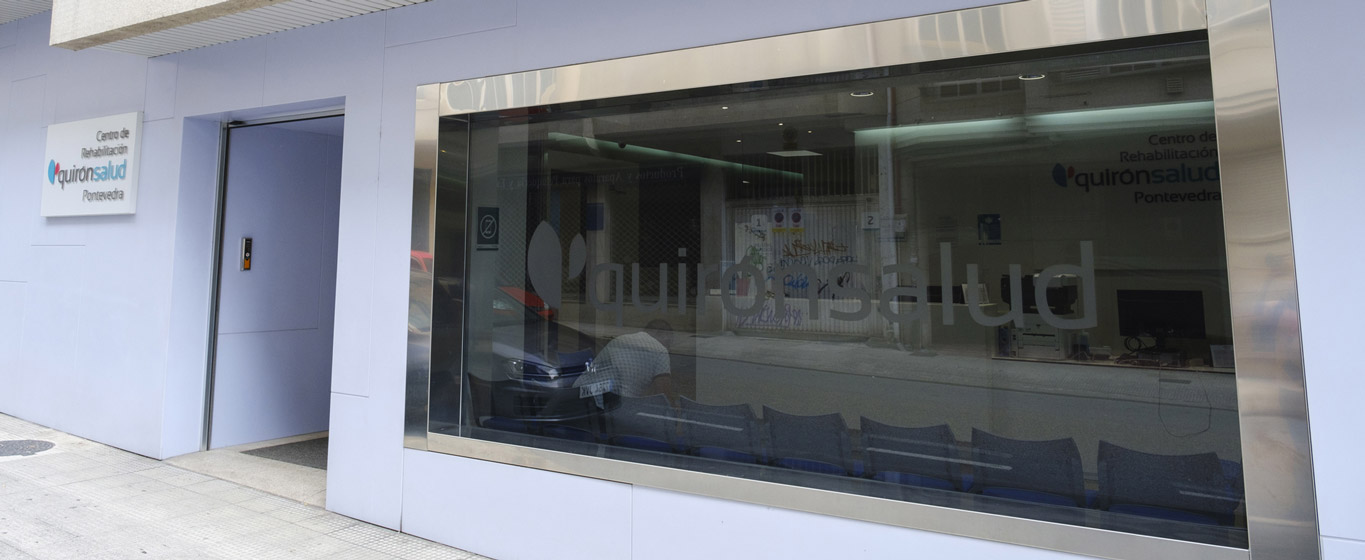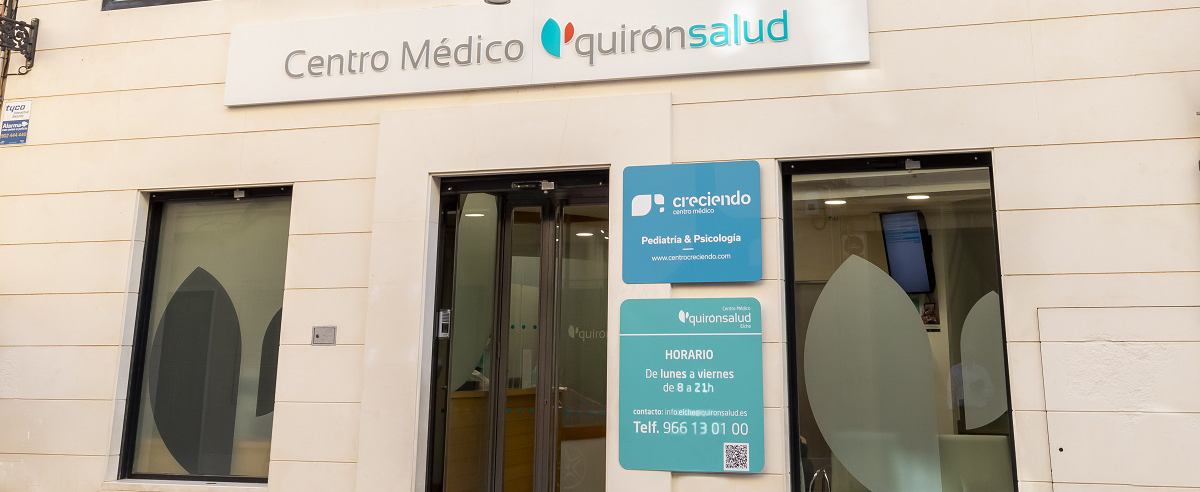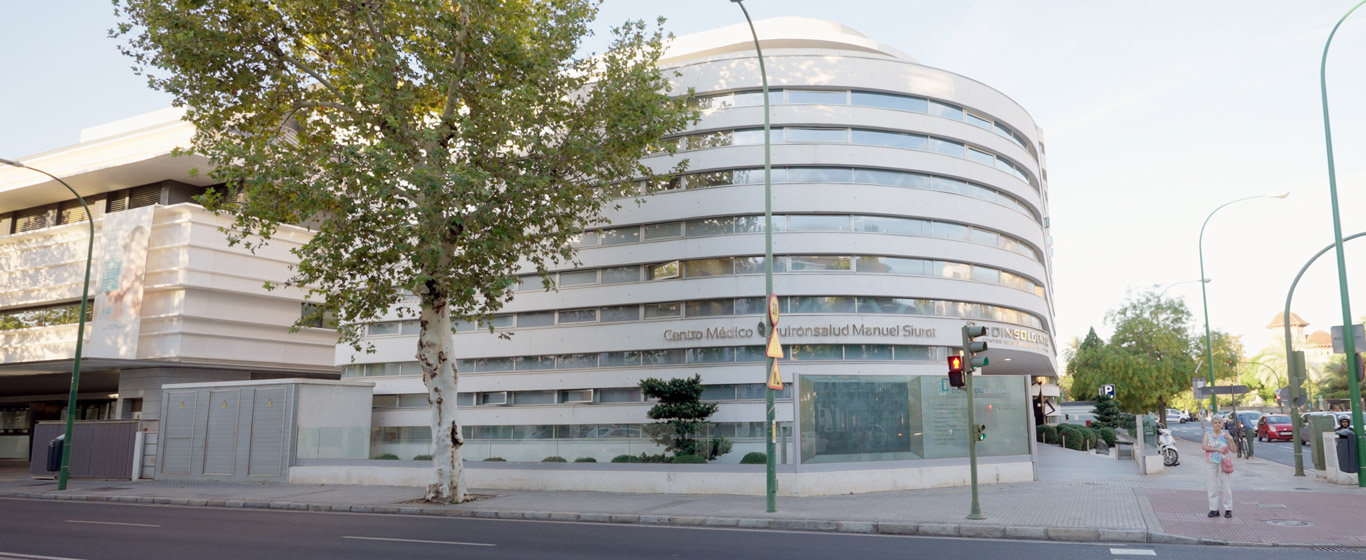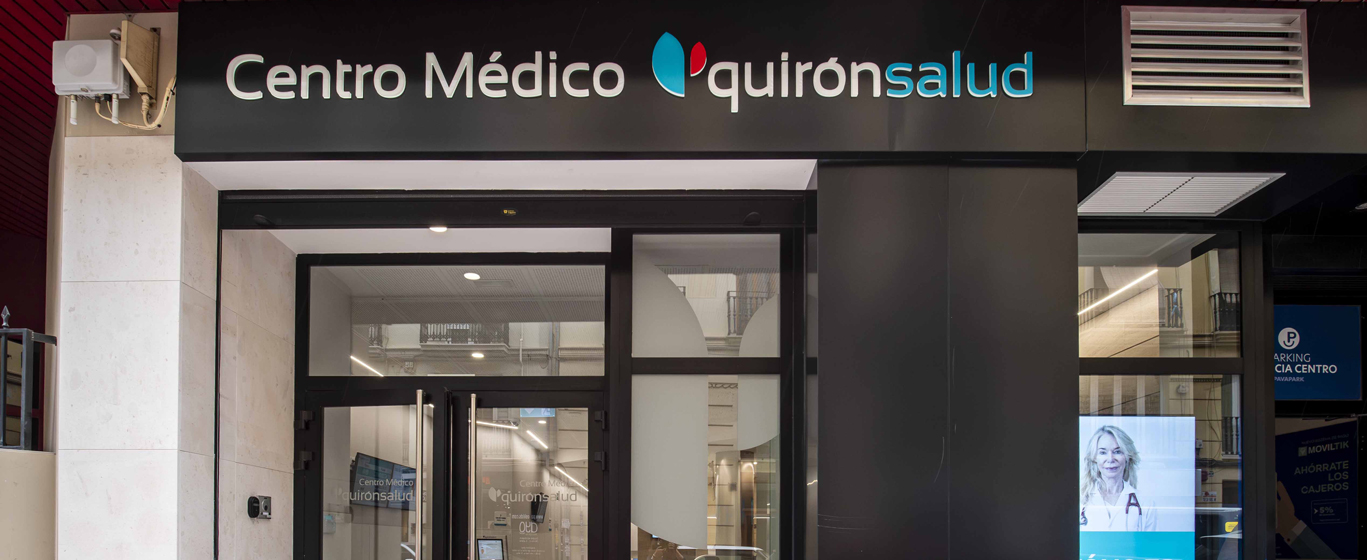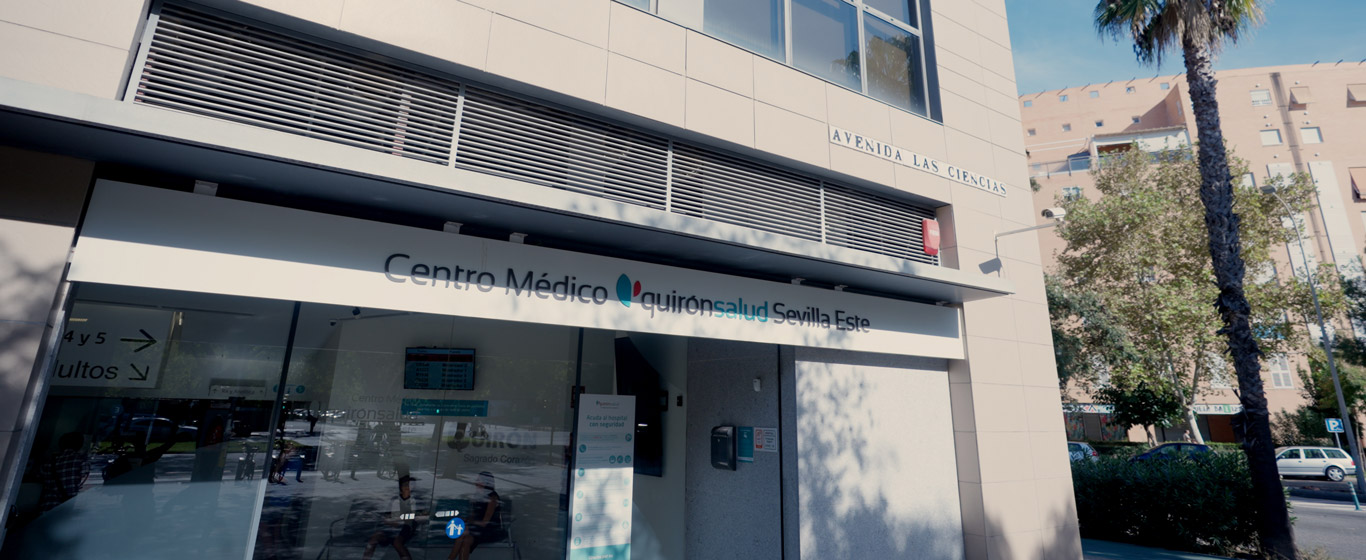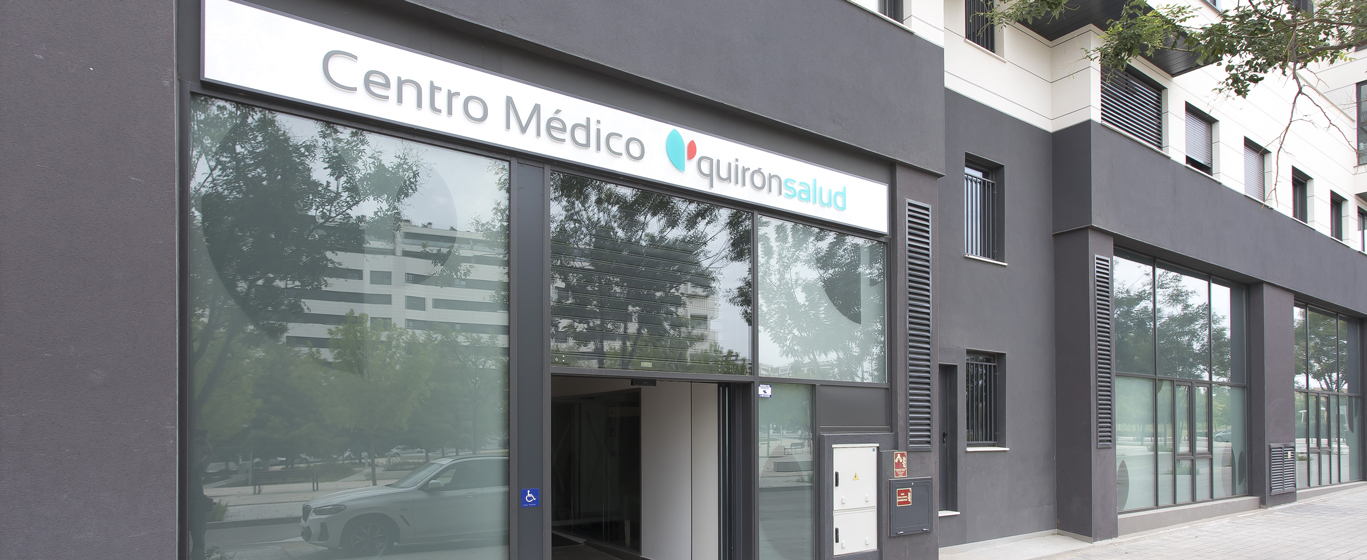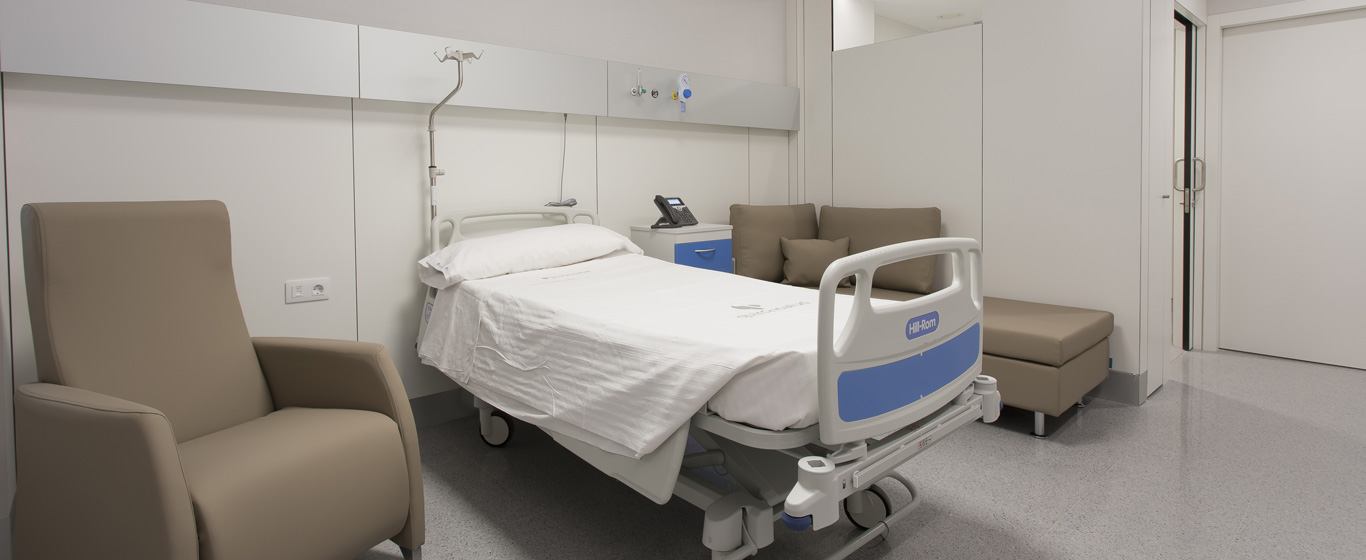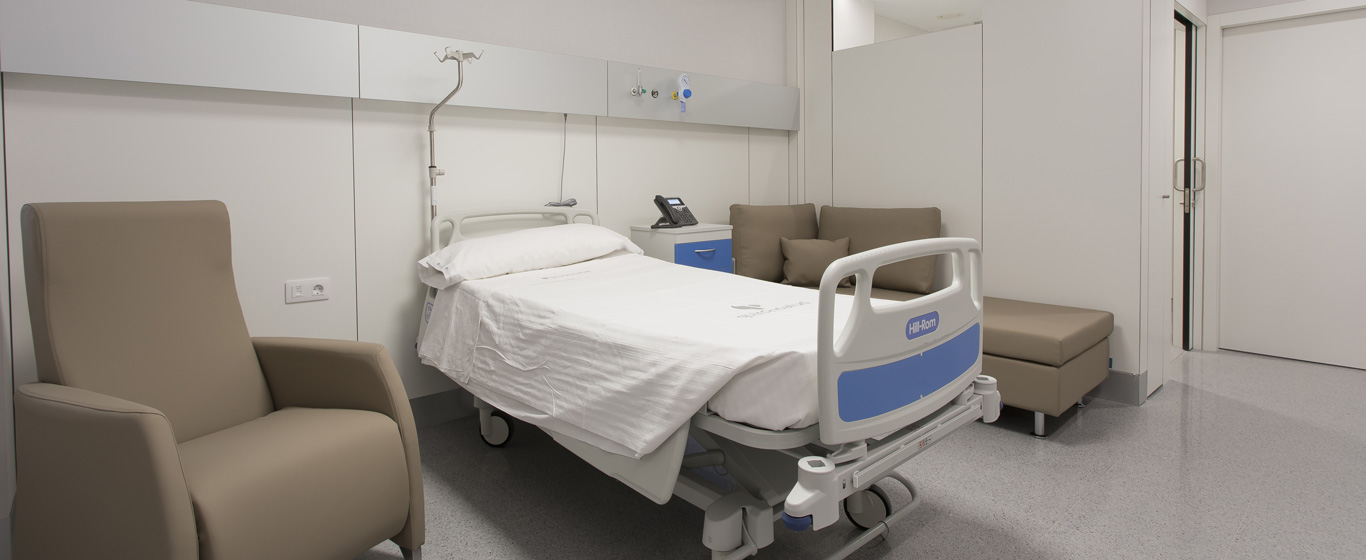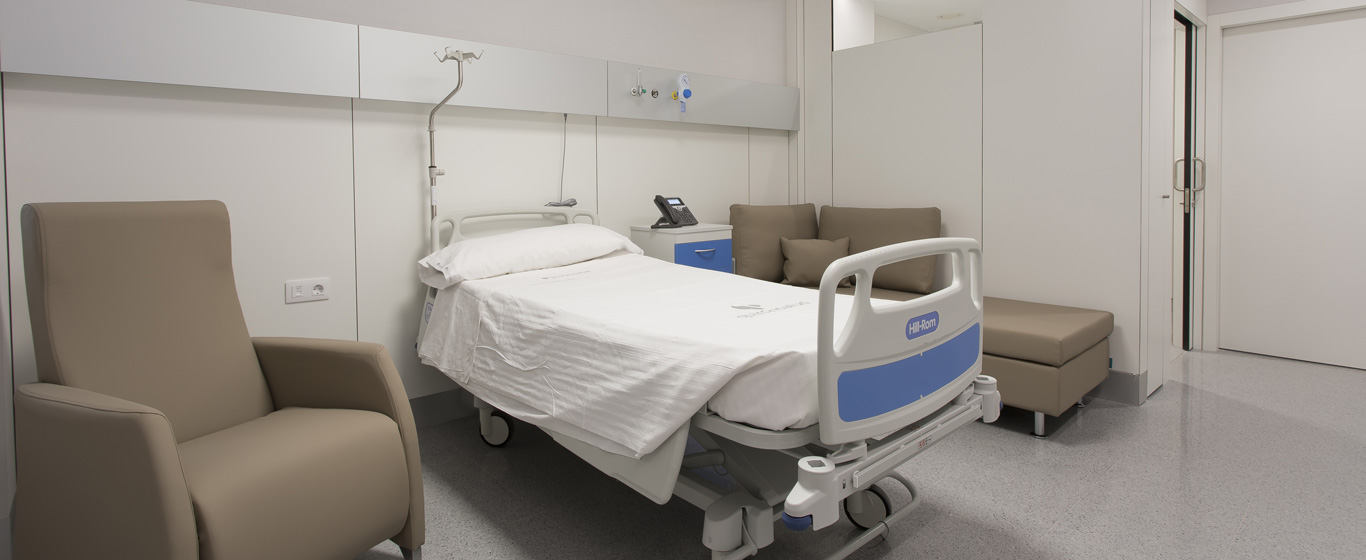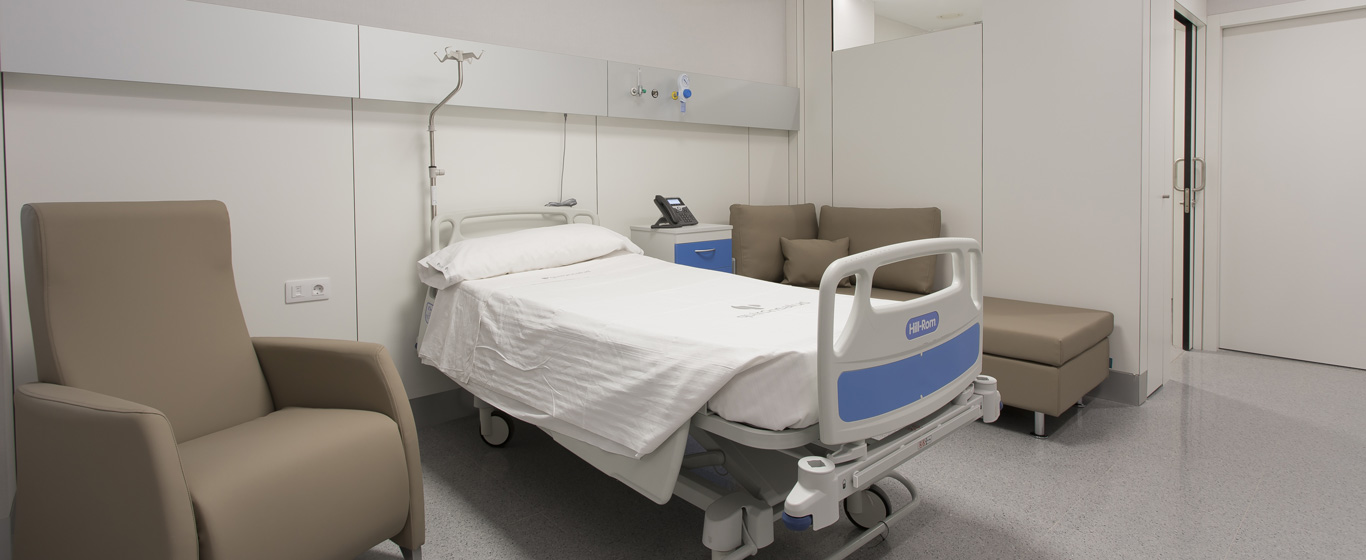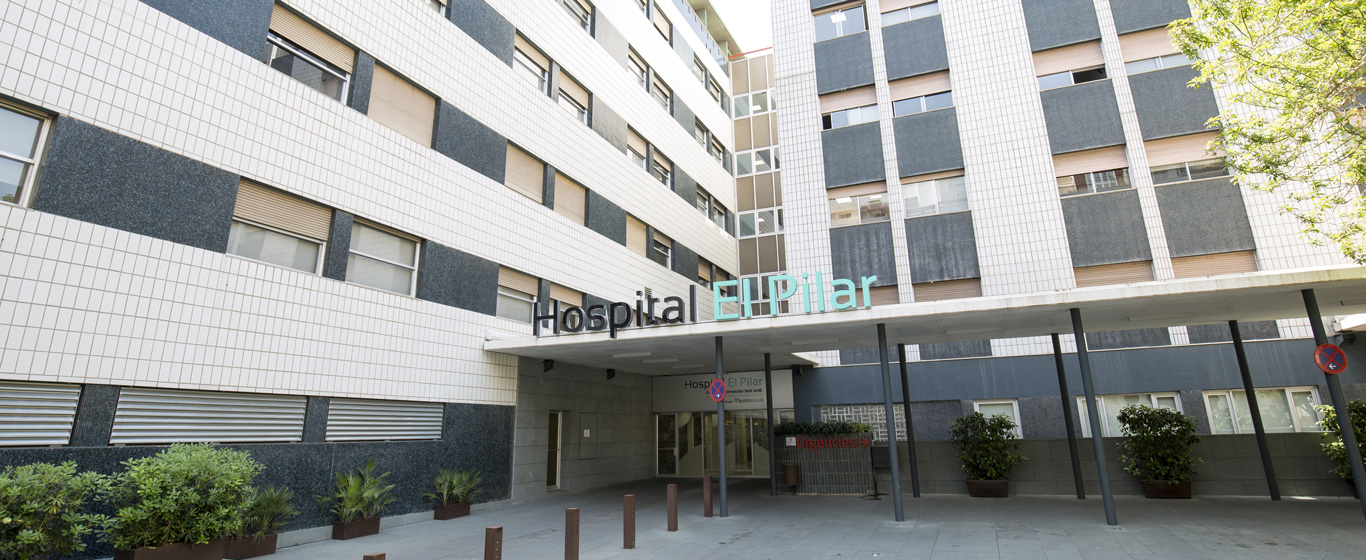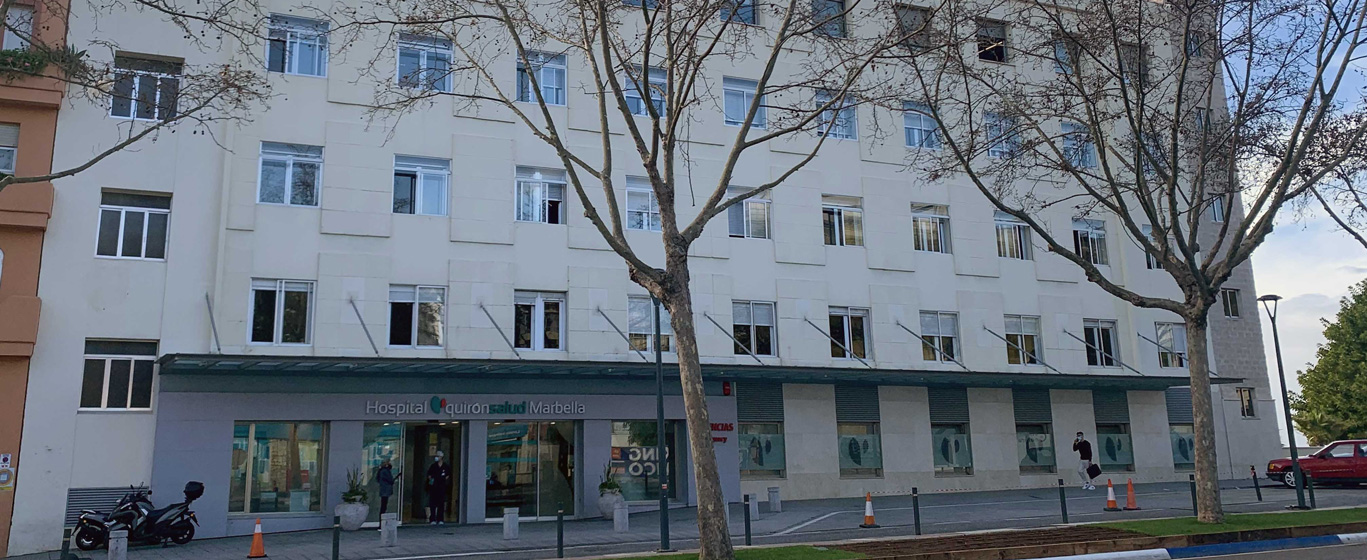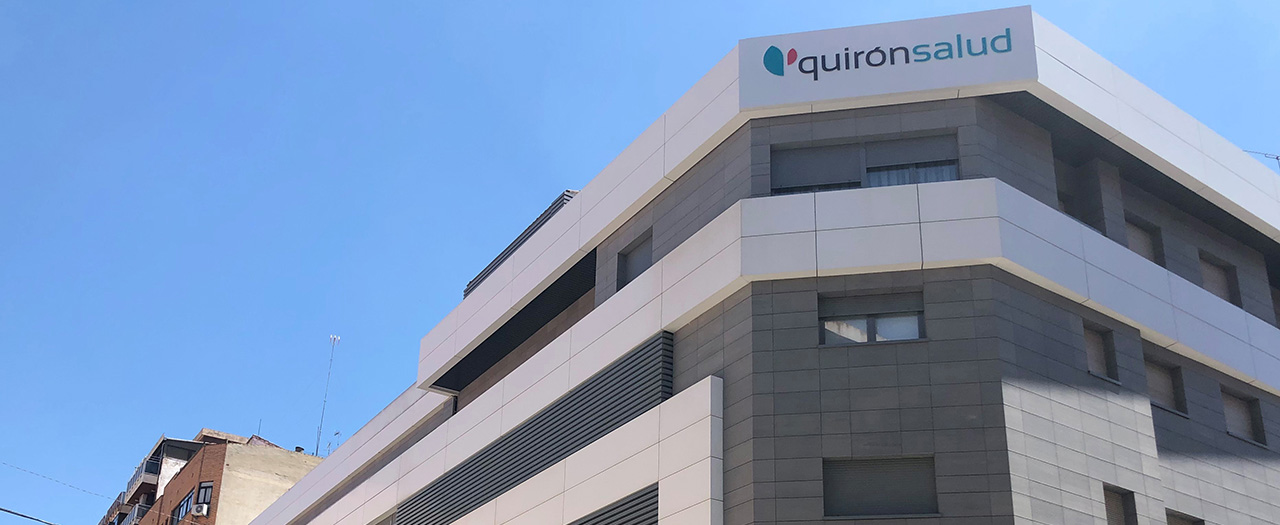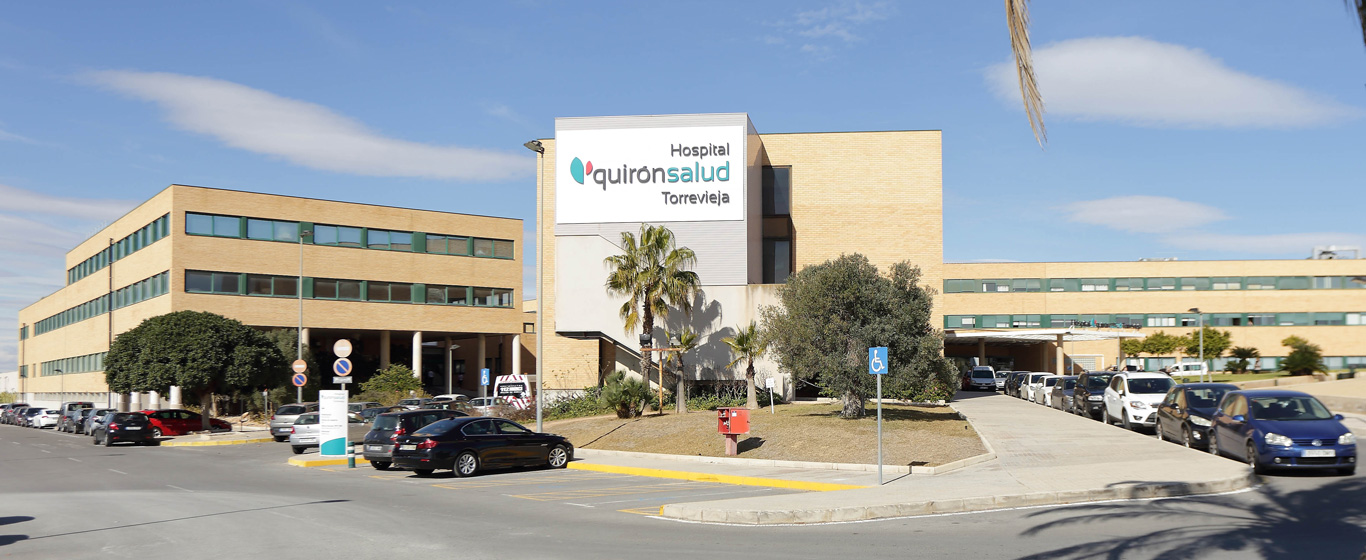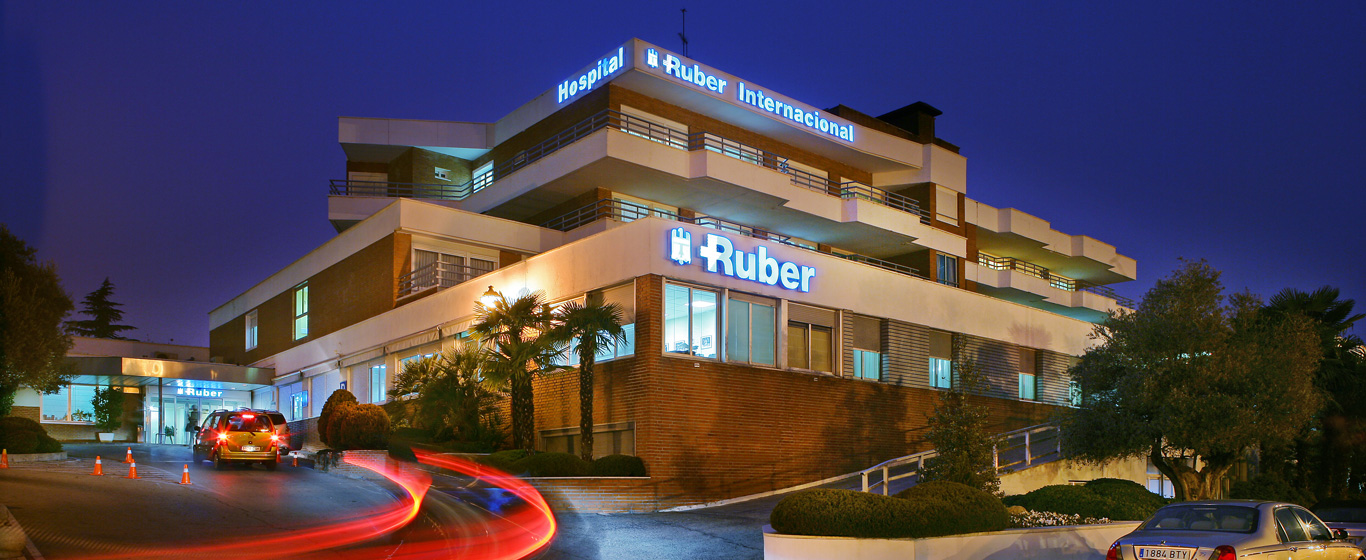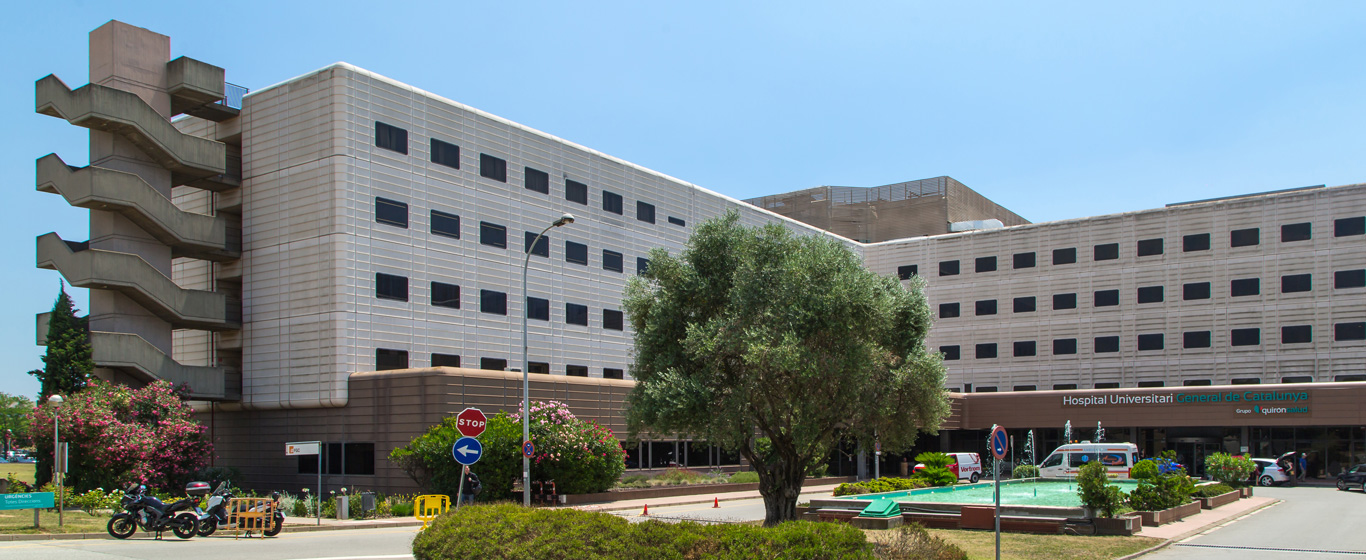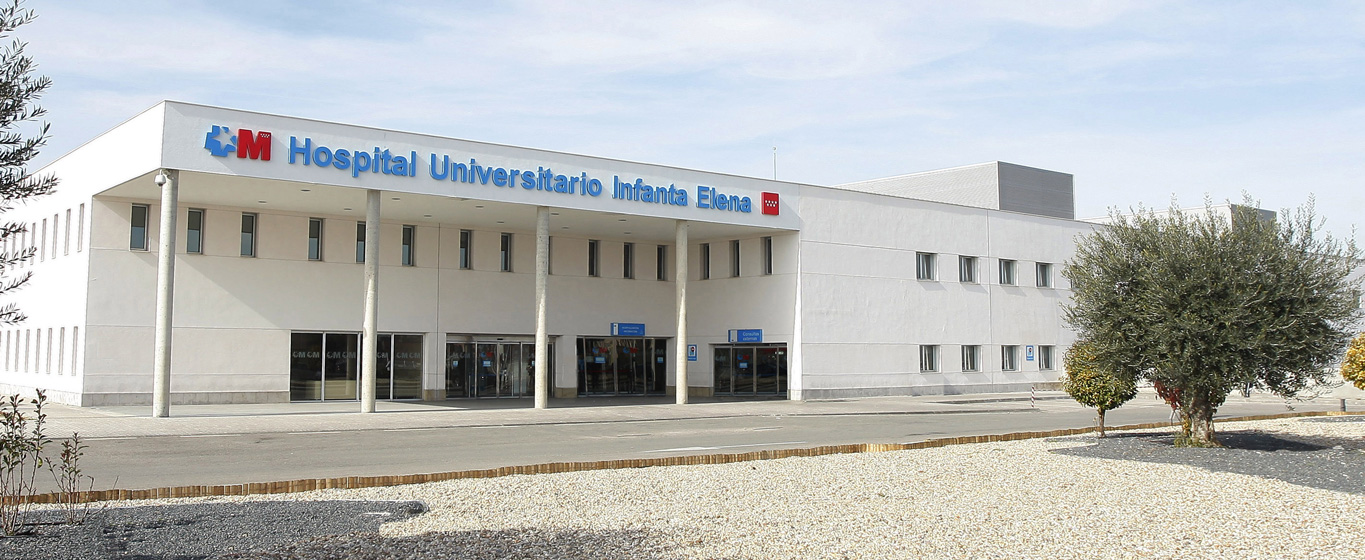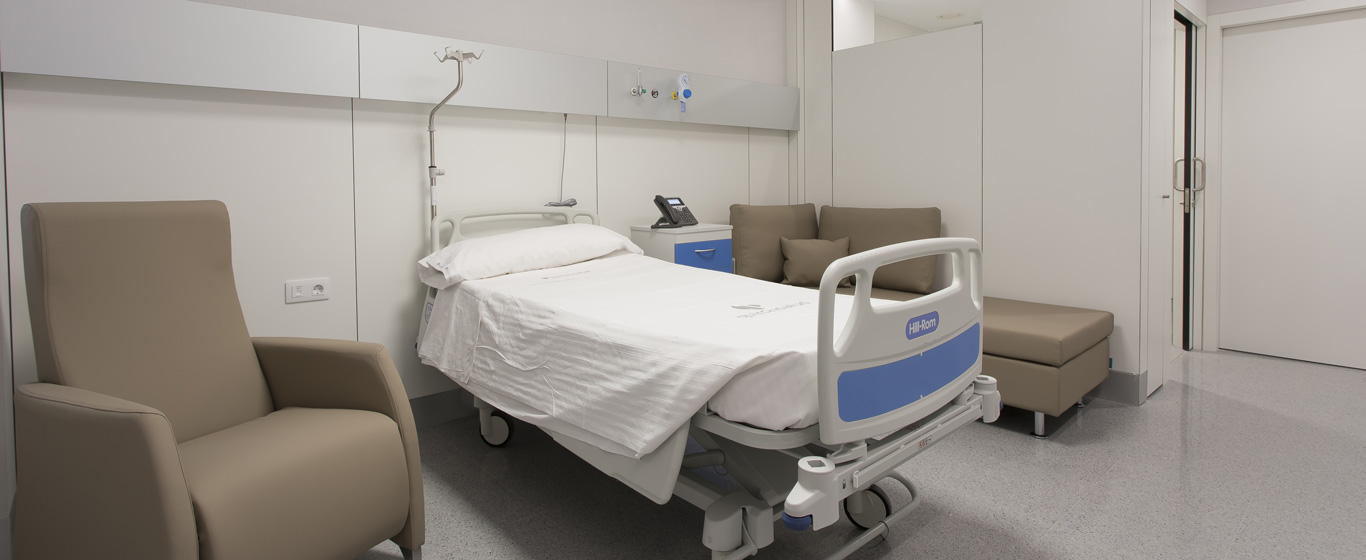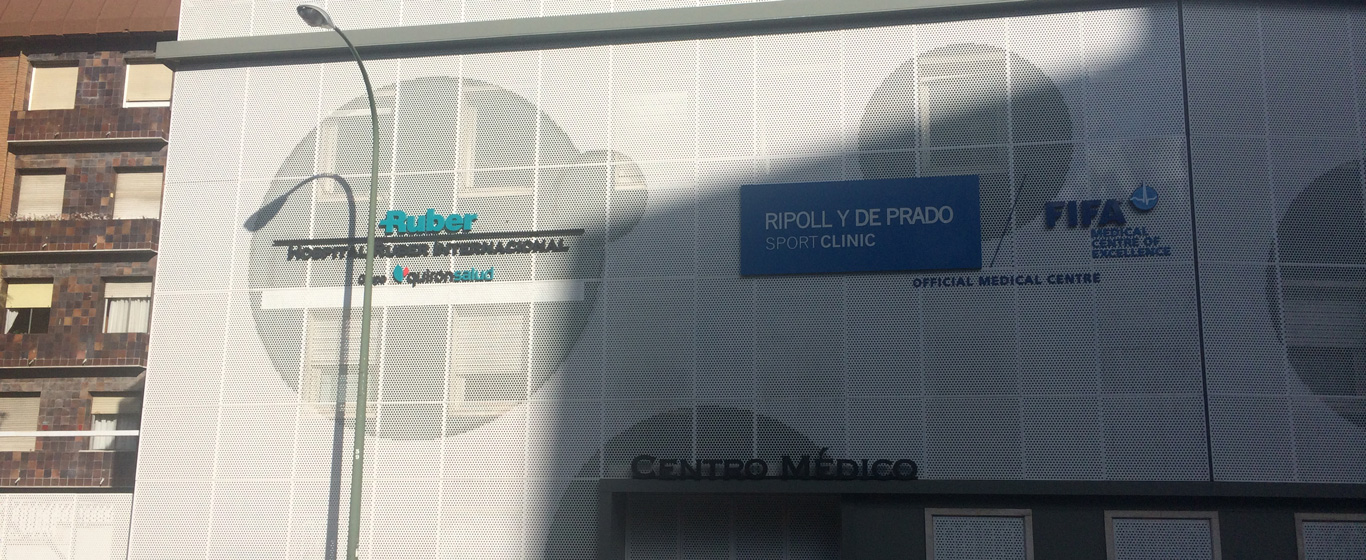Lumbar Magnetic Resonance Imaging (MRI)
A lumbar MRI obtains images of the tissues composing vertebrae L1 to L5 of the spine. It is a non-invasive diagnostic test without risks to the patient.

General Description
Lumbar MRI is a diagnostic imaging test that studies the lower part of the spine, consisting of vertebrae L1 to L5. This procedure visualizes bones, muscles, nerves, ligaments, blood vessels, and intervertebral discs. Since it does not use ionizing radiation, it causes no side effects or harm to the body.
To acquire images, lumbar MRI combines radiofrequency waves with a high-powered electromagnetic field. There are two types depending on the device used:
- Closed MRI: uses a tube-shaped device approximately 70 centimeters in diameter. Being enclosed, it generates a very strong electromagnetic field, yielding high-quality images.
- Open MRI: consists of two opposing plates spaced about 180 centimeters apart. The electromagnetic field generated is less powerful but it is a good option for patients with claustrophobia.
This non-invasive test captures cross-sectional images from various angles, providing an overall view of the lumbar region. Overlapping the slices enables 3D reconstruction of the spine, especially useful for assessing tumor extent or planning surgery.
When is it indicated?
Lumbar MRI is used to determine the causes of:
- Low back or pelvic pain unresponsive to treatment
- Weakness or numbness in the legs
- Difficulty controlling the bladder
It is useful in diagnosing:
- Low back pain (lumbago)
- Herniated disc
- Sciatica
- Multiple sclerosis
- Benign cysts
- Malignant tumors
- Spinal stenosis
- Congenital defects
- Infections
- Arthritis
- Spondylosis (degeneration of vertebral discs)
- Spondylolisthesis (vertebral slippage)
- Spondylodiscitis (inflammation of intervertebral discs)
- Vertebral or cartilage wear
- Consequences of lumbar trauma
How is it performed?
Lumbar MRI images are obtained by generating an electromagnetic field that aligns hydrogen protons in the body’s molecules. When radiofrequency waves are emitted, the molecules spin to resist the magnetic field. Once the waves cease, protons return to their initial position, releasing energy. This energy varies according to the chemical nature and environment of the cells, causing each tissue type to appear differently on images.
When clearer visualization of certain tissues is necessary, a contrast agent containing gadolinium is administered. Some tissues, like tumors, absorb this contrast more, facilitating identification.
Risks
Lumbar MRI poses no health risk but is contraindicated in patients with metallic implants (pacemakers, stents, artificial heart valves, clips, prostheses, cochlear implants).
Although uncommon, contrast agents may cause allergic reactions manifesting as itching, nausea, or headache.
What to expect from a lumbar MRI
Before entering the radiology room, the patient changes into a hospital gown and removes all metal objects, including hearing aids and dentures. Removing makeup is advisable because some cosmetics contain metallic components.
The specialist explains the procedure and answers any questions. The patient lies supine on the table and receives earplugs to reduce machine noise. Despite protection, loud knocking sounds are normal during the scan. If contrast is required, it is injected into a peripheral vein before sliding the table into the tube.
Imaging lasts 20 to 40 minutes. The patient is alone in the room but continuously monitored through cameras and a glass window. An internal microphone allows communication. To avoid blurry images or repeating the test, the patient must remain as still as possible.
After the procedure, normal activities can be resumed immediately, with no rest period needed.
Medical specialties requesting lumbar MRI
Lumbar MRI is performed by radiologists upon request from oncology or neurology specialists.
How to prepare
Wear comfortable clothing on the day of the MRI, as it must be removed for the test. Arrive without makeup or metallic elements.
Eating before a lumbar MRI is allowed unless sedation is planned due to difficulty remaining still.







